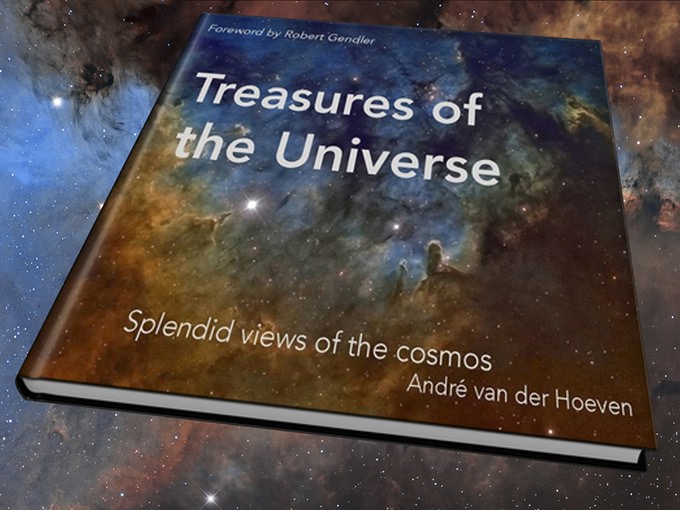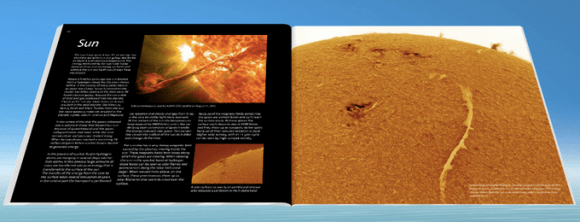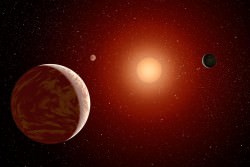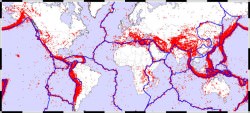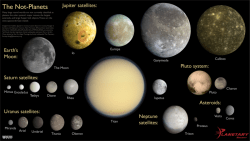What does it take to have the “Right Stuff” to become an Astronaut?
Are you an overachiever? Are you working on multiple PhDs in obscure and difficult topics? Can you speak multiple languages, including alienese? Do you suspect, if handed the controls, you could complete the Kessel Run in fewer parsecs than Han Solo?
If you said yes to any of these questions you might want to consider becoming an astronaut. In fact, if you’re an American citizen, there’s never been a better time to see if you’ve got the right stuff. NASA has opened up their astronaut corps to the few, the proud, the willing to get motion sickness in zero gravity. To boldly vomit where few have vomited before.
In the olden days, you either had to be a chimpanzee or an Air Force test pilot to be allowed to take the controls of a genuine NASA rocket and break free from the surly chains of gravity. When NASA finally upgraded its astronaut corps from chimps to humans in the 1950s to begin the Mercury program, they decided they’d only allow test pilots to apply for the first missions.
To fit in the cramped cabin, you had to physically be no taller than 180 cm (5’ 11”), and weigh no more than 82 kg (180 pounds). You needed to have book smarts, too. Astronaut candidates needed at least a bachelor’s degree or the equivalent, but still be under 40 years old. But most importantly, you had to be a test pilot with at least 1,500 hours of flying time and the ability to fly jets.
If you didn’t have hours behind the stick, piloting the most insane flying machines dreamt up by those nutty scientists, well then you didn’t have the right stuff.
Those qualifications continued through the Gemini and Apollo program, although, they relaxed them somewhat, allowing younger astronauts, and those with less flight time. In the recruitment of astronauts in 1965, they allowed a new class of scientist-astronauts; folks with science degrees and no flight time. The most famous of these was Jack Schmitt, a geologist who walked on the Moon with Apollo 17.
NASA now understands that they need astronauts with a wide range of space-based skills, and not just a bunch of test pilots. There are two kinds of people who get to go to space: pilots and mission specialists.
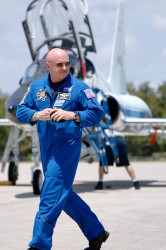
The first category are the commanders and pilot astronauts – the folks who actually fly the spacecraft. They’re the ones with thousands of hours behind the stick of a modern jet, the more cockamamie the better.
To be qualified as a pilot astronaut, you need to have at least 1,000 hours of pilot-in-command time in a jet aircraft. You need to be healthy, with normal blood pressure, good vision and a height between 158 – 191 cm (62 and 75 inches). There are no longer any age restrictions, so astronauts have been selected between 26 and 46 years old.
You need a degree in some kind of space-related science, like engineering, mathematics, biological science and physical science. But that’s a minimum. You really want to have an advanced degree, or even multiple degrees. So, if you’re a healthy, eagle-eyed test pilot with a few advanced degrees, you should apply.
The other category is the mission specialists. These are the astronauts with specialties that will come into play on a space mission. For example: doctors, engineers, particle physicists, xenobiologists, alien translators, droid mechanics, etc. Since you won’t be required to fly the spacecraft, test pilot experience isn’t necessary, but you’ll need to have the same physical health as the pilot astronaut.
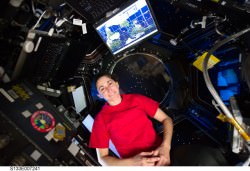
The main difference is that you’ll need to have one or multiple advanced degrees in engineering, science or math. The more degrees, and the more advanced they are, the better. Gotta collect them all.
I mentioned two kinds of astronauts, but there’s actually a third – the payload specialist. These were the astronauts who went to space during the shuttle era to support a specific mission. Priority was given to qualified NASA astronauts, but this was also how foreign astronauts like Canada’s Marc Garneau got a chance to fly in space.
Are you intrigued and thinking you might want to throw your name in the helmet? Want to know what being an astronaut pays? A starting astronaut can make $66,000 per year, while a senior one can earn $145,000 per year. Not bad at all, and the view from your office is spectacular.
So, if you’re a US citizen, you meet the qualifications, and you’d like to fly to space, you should apply during this latest call for candidates. And if you don’t think you make the cut, go ahead and wrap up those PhDs, as there’ll be another astronaut selection in a few years.
And if you do apply and don’t make the cut this time around, don’t despair. From the astronauts I’ve talked to, sometimes it takes a few applications before you get accepted. Persistence pays off.
Well, are you going to sign up and become an astronaut? Where do you think your mission will go? Tell us in the comments below.



